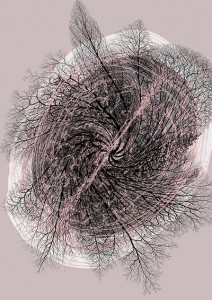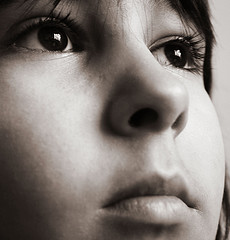A responsive, mechanised toy designed especially for autistic children six months and up has been created to teach positive play behaviours.
‘Auti’ develops speaking, touching, and collaborating skills. It shuts down in response to any negative behaviour such as hitting or screaming, but quickly responds to the slightest positive interaction such as speaking gently or stroking. Each sensor can be adjusted to respond appropriately to a child’s individual characteristics.
Auti from Helen Andreae on Vimeo.
“Autistic children find it difficult to play,” says designer Helen Andreae, who developed Auti through an industrial design paper at Victoria University in the final year of her Honours degree last year under the supervision of lecturers Tim Miller and Edgar Rodríguez Ramírez.
“They have great difficulty using their imagination to develop even the simplest fictional scenarios and have even further difficulties playing with other children because they often don’t understand how they should control their voice and body. This can scare other children away when they are trying to make friends.
“I have had an awareness of autism for a long time, through family discussions and through observing the autistic child of a friend. In developing my design challenge, I thought a toy which could help families dealing with autism would be a positive area to focus my energies on.”
The toy was designed in consultation with a child psychologist who works with autistic children and a professor whose research specialty is teaching autistic children. Dr Peter Andreae from Victoria’s School of Engineering and Computer Science did the computer programming.
Ms Andreae says the toy is currently a prototype, so she has only allowed children of friends and family to play with it to avoid damage.
“The response to it has been positive—children love the fluffiness of Auti which is made of possum fur,” she says.
“If one day Auti was commercialised it would need further fine tuning and I’d look at broadening its functions for a range of teaching applications.”
Source: University of Wellington


